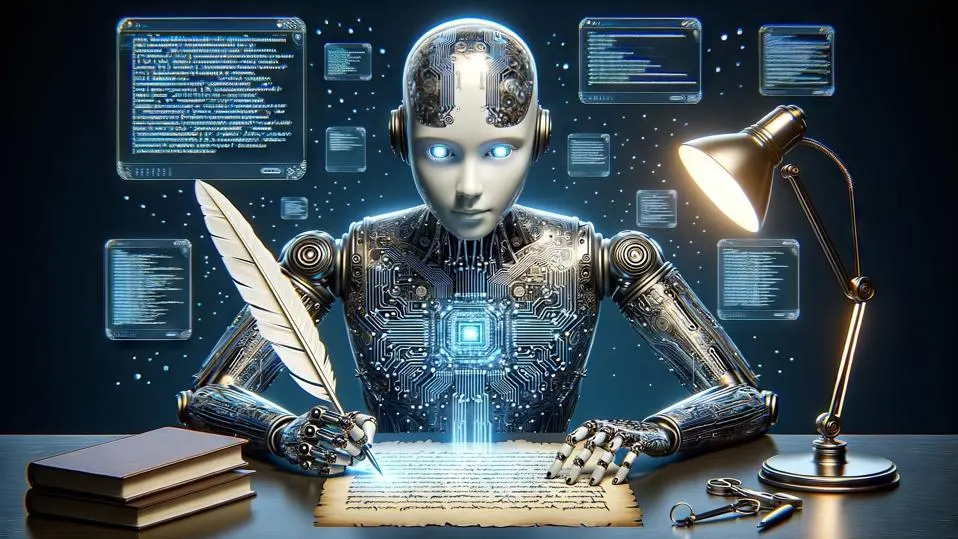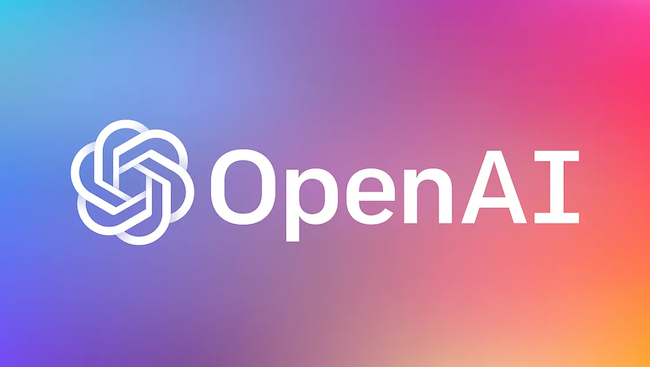
1. Introduction to Generative AI
1.1 What is Generative AI?
Generative AI refers to algorithms that can generate new content, such as text, images, or music, based on training data. These models can produce human-like outputs, making them versatile tools in various fields.
1.2 History and Evolution
The development of generative AI has roots in machine learning and neural networks, with significant milestones marked by the introduction of models like Generative Adversarial Networks (GANs) and transformer-based architectures like GPT.
2. How Generative AI Works

2.1 Core Technologies
Generative AI relies on deep learning, neural networks, and advanced algorithms to create new content. Key technologies include GANs, Variational Autoencoders (VAEs), and transformers.
2.2 Training Data and Processes
These models are trained on vast datasets, learning patterns and structures from the input data. The training process involves multiple iterations to refine the model’s ability to generate accurate and coherent outputs.
3. Applications of Generative AI
3.1 Content Creation
Generative AI is widely used in content creation, from writing articles and stories to generating visual art and music compositions.
3.2 Healthcare
In healthcare, generative AI aids in drug discovery, medical imaging, and personalized treatment plans by analyzing complex data and generating new insights.
4. Impact on Various Industries
4.1 Entertainment
The entertainment industry benefits from AI-generated scripts, music, and visual effects, enhancing creativity and productivity.
4.2 Finance
Generative AI helps in financial modeling, fraud detection, and creating personalized financial services for customers.
5. Ethical Considerations

5.1 Bias and Fairness
Generative AI models can inherit biases from training data, leading to ethical concerns. Ensuring fairness and mitigating biases are critical challenges.
5.2 Misuse and Deepfakes
The ability to create realistic but fake content poses risks such as misinformation and deepfake videos, necessitating robust ethical guidelines and regulations.
6. Advances in Generative AI
6.1 New Models and Techniques
Recent advances include improved GANs, larger and more efficient transformer models, and hybrid approaches combining different AI techniques.
6.2 Real-world Implementations
Innovative applications in fields like architecture, fashion design, and customer service demonstrate the practical benefits of generative AI.
7. Challenges and Limitations
7.1 Technical Challenges
Generative AI faces technical hurdles such as high computational requirements, data quality issues, and maintaining creativity.
7.2 Societal Challenges
Addressing societal concerns like job displacement, privacy, and ethical use of AI-generated content is crucial for broader acceptance.

8. Future Trends
8.1 Integration with Other Technologies
The future of generative AI involves integration with other technologies like augmented reality (AR), virtual reality (VR), and Internet of Things (IoT).
8.2 Increased Accessibility
As generative AI tools become more accessible, more industries and individuals will harness their power for diverse applications.
9. Case Studies
9.1 OpenAI’s GPT Models
Examining the impact and applications of OpenAI’s GPT models in various domains, from natural language processing to gaming.
9.2 GANs in Visual Arts
Exploring how GANs have revolutionized digital art creation, enabling artists to create unique and innovative works.
10. Conclusion
10.1 The Transformative Potential of Generative AI
Generative AI holds transformative potential across industries, driving innovation and creativity.
10.2 Navigating the Future
Successfully navigating the future of generative AI requires balancing technological advancements with ethical considerations and societal impacts.


2 thoughts on “Generative AI: Revolutionizing the Future of Technology”